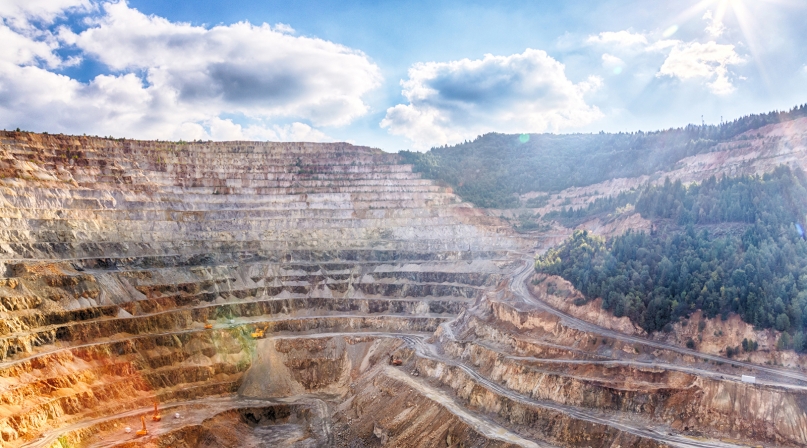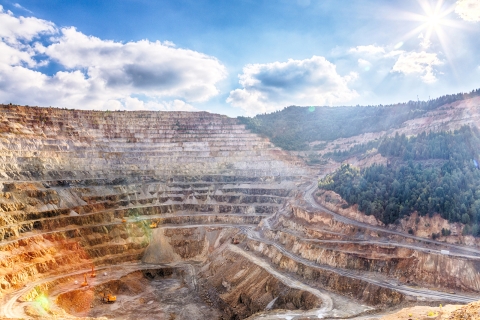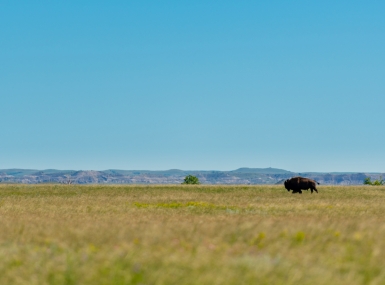Supreme Court to decide Superfund case

Key Takeaways
Atlantic Richfield Co. v. Christian is a complicated case raising three legal issues which the Supreme Court has agreed to decide. To summarize the case in one sentence, the owners of a Superfund site object to having to take remedial action not required by the Environment Protection Agency (EPA) to benefit landowners located within the boundaries of the site.
The Anaconda Smelter, now owned by ARCO, processed copper ore from Butte for nearly 100 years before shutting down in 1980. That same year, Congress enacted the Comprehensive Environmental Response, Compensation and Liability Act (CERCLA) or Superfund law. The purpose of this law is to “foster the cleanup of sites contaminated by hazardous waste, and to protect human health and the environment.”
EPA required ARCO to pursue particular remedies. Landowners located within the boundaries of the site sought two additional remedies beyond what EPA required: Removing the top two feet of soil from affected properties and installing permeable walls to remove arsenic from the groundwater.
ARCO argues that two provisions of CERCLA prevent the landowners from obtaining additional remedies in this case. ARCO also argues that CERCLA preempts state common-law claims for restoration beyond EPA-ordered remedies. The Supreme Court of Montana rejected all of ARCO’s arguments.
ARCO first claimed the landowners were “challenging” EPA’s remedial plan. The Superfund statute jurisdictionally bars courts from hearing “challenges.” According to the Supreme Court of Montana a “challenge must actively interfere with EPA’s work, as when the relief sought would stop, delay or change the work EPA is doing.” The court found no “challenge” in this case because “the Property Owners are not seeking to interfere with [EPA’s] work, nor are they seeking to stop, delay or change the work EPA is doing.”
ARCO also claimed the property owners are “Potentially Responsible Parties” (PRP), even though the EPA has never ordered them to pay for the cleanup. The Superfund statute prohibits PRPs from “conducting any remedial action that is inconsistent with EPA’s selected remedy without EPA’s consent.” The Montana Supreme Court noted the property owners have “never been treated as PRPs for any purpose — by either EPA or ARCO — during the entire 30-plus years since the Property Owners’ property was designated as being within the Superfund site.”
Finally, the Montana Supreme Court rejected the argument CERCLA preempts state common-law remediation claims pointing out that CERCLA has two savings clauses which “expressly contemplate the applicability of state law remedies.”
This case provides an interesting mixed bag for states and local governments. To the extent they own Superfund sites they may prefer that remedies be limited to what the EPA mandates. But to the extent others own Superfund sites, they may prefer they be remedied to a greater extent than what EPA requires.

Attachments
Related News

U.S. House of Representatives passes SPEED Act and other permitting reform bills
On December 18, the U.S. House of Representatives passed the SPEED Act (H.R. 4776). The SPEED Act would strengthen county involvement in decision-making and make needed commonsense reforms to the federal environmental review process.

House Natural Resources Committee advances the Endangered Species Act Amendments Act of 2025
On December 17, the House Natural Resources Committee advanced the Endangered Species Act (ESA) Amendments Act of 2025 (H.R. 1897). The version passed by the committee adopted several changes from the initial bill and would address key county concerns by improving the implementation of the ESA. The legislation now awaits a floor vote before the whole U.S. House of Representatives.

Senators introduce bipartisan UPGRADE Act to support small and rural public water systems
On December 15, Sens. Lisa Blunt Rochester (D-Del.) and Roger Wicker (R-Miss.) introduced the Unincorporated Partnerships for Grant Resources, Assistance, and Drinking Water Enhancements (UPGRADE) Act (S. 3465), a bipartisan bill that would strengthen federal support for small public water systems and helps unincorporated communities access clean and affordable water.
